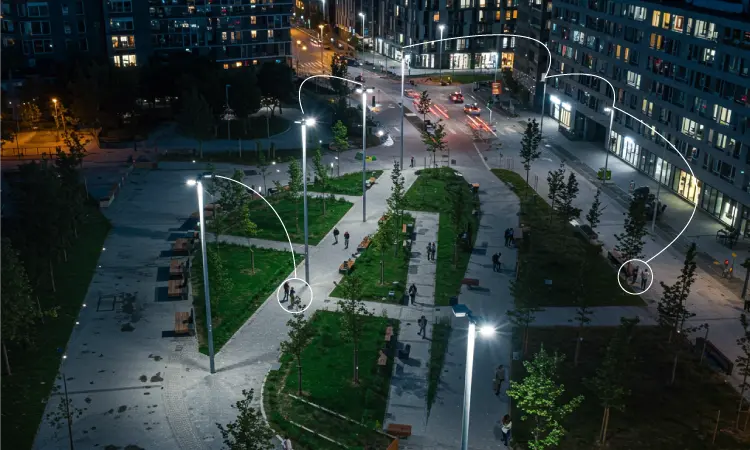What is a Street Lighting Management System
A street lighting management system is a complex of software and hardware tools for the analysis, monitoring, and automation of street lighting.
Cities, as centers of civilization, must continuously adapt. In the 19th century, electrification arrived, radically transforming processes and spaces. As cities grow, it becomes necessary to install new street lighting networks and supplement existing ones while maintaining the uninterrupted operation of all elements. This creates a need for energy efficiency and standardized technologies. Today, lighting control systems utilizing universal solutions are becoming the transformative force.

